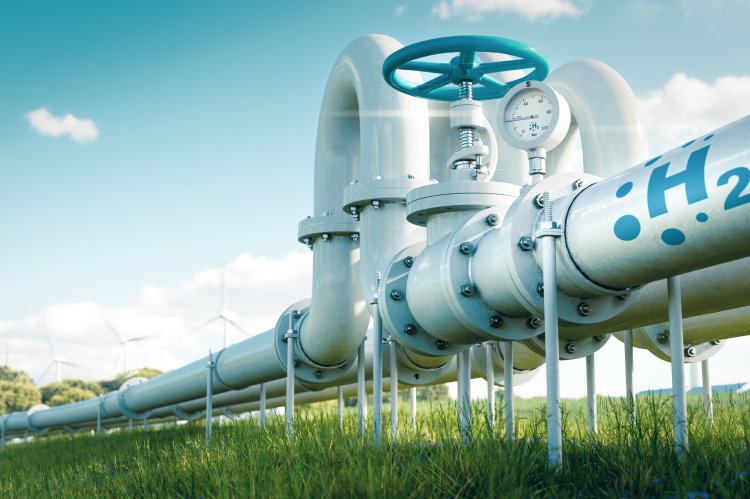Building The Hydrogen Pipeline Transmission Grid in Germany

TenneT, Gasunie Deutschland, Thyssengas and bayernets, four major European energy companies, have published a compelling study entitled "Quo vadis Elektrolyse?" contending that hydrogen power plants and their accompanying hydrogen pipeline transmission grid will secure the energy future of Germany, if not the world.
Toward this end as Tim Meyerjürgens, COO of TenneT, says: "Our results underscore once more the necessity of creatively considering how we will integrate the gas and electricity infrastructure throughout northern and southern Germany. Electrolysis has to follow where the renewable energy exists in sufficient amounts. This is primarily the case along the coast in northern Germany and only conditionally in southern Germany."
Meyerjürgens adds that, to the extent possible, the natural gas pipeline transportation network in Germany has to be re-purposed to carry hydrogen. Moreover, parallel to this a new hydrogen infrastructure should be developed. Large-scale electrolyzer installations on the northern coast of Germany would deliver molecules to southern Germany in order to supply industry with hydrogen. At the same time we see a huge potential for hydrogen plants in southern Germany, which in times of power lulls would kick in and smooth over any disruptions in electricity flows. In this way we guarantee the security of supply to Germany and ensure that our multifaceted industry remains competitive in global markets.
Dr. Matthias Jenn, CEO of bayernets, says hydrogen is the ideal medium to transfer large amounts of energy from the north to the south as well as to store over long periods. And this is the reason why we welcome the recently pushed hydrogen core network by lawmakers, one of at least 8000-km, which was recently highlighted by SPD parliamentarian Andreas Rimkus.
The greatest effect of the new flexible power plants comes with the so-called Redispatch contribution in southern Germany. Contrary to electricity from wind turbines that you have in the well-endowed North, additional power plants in the South would make a huge difference during bottleneck periods. To this end the construction of the planned hydrogen net has to begin early with the goal of covering the southern portion of the country.
